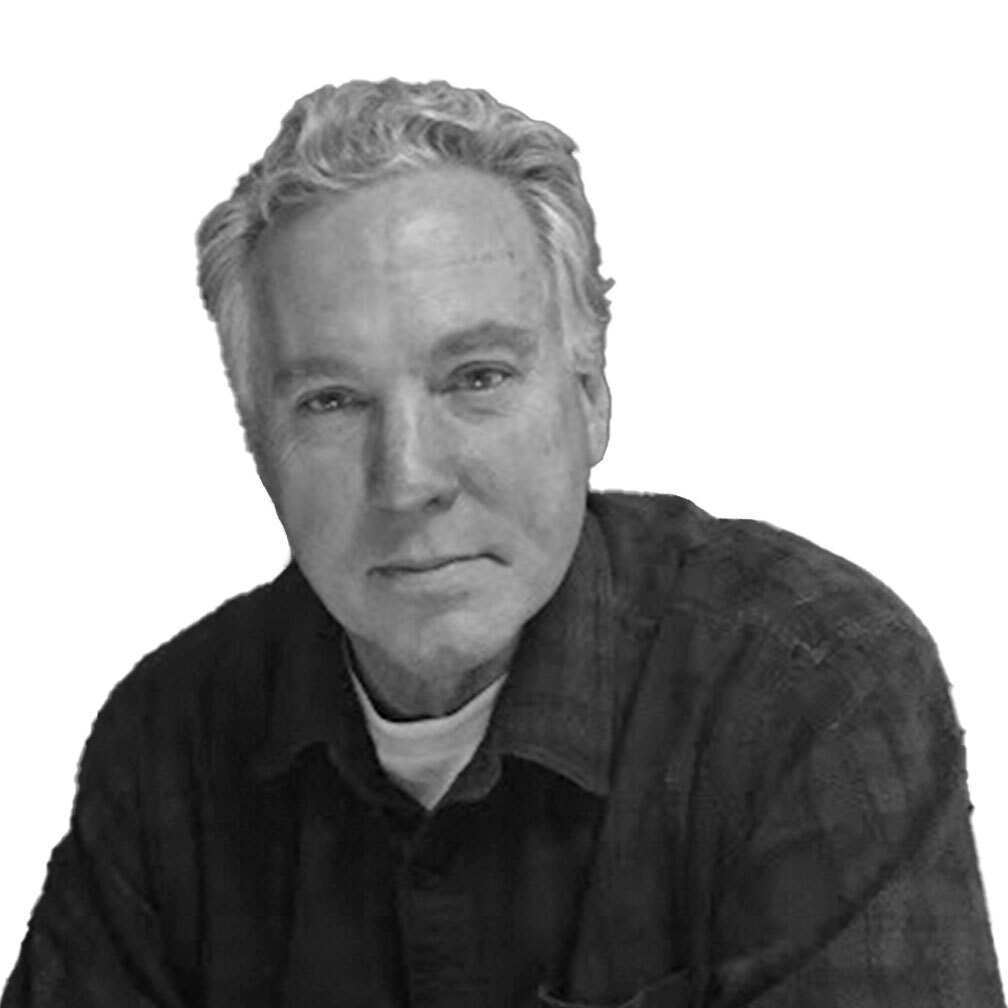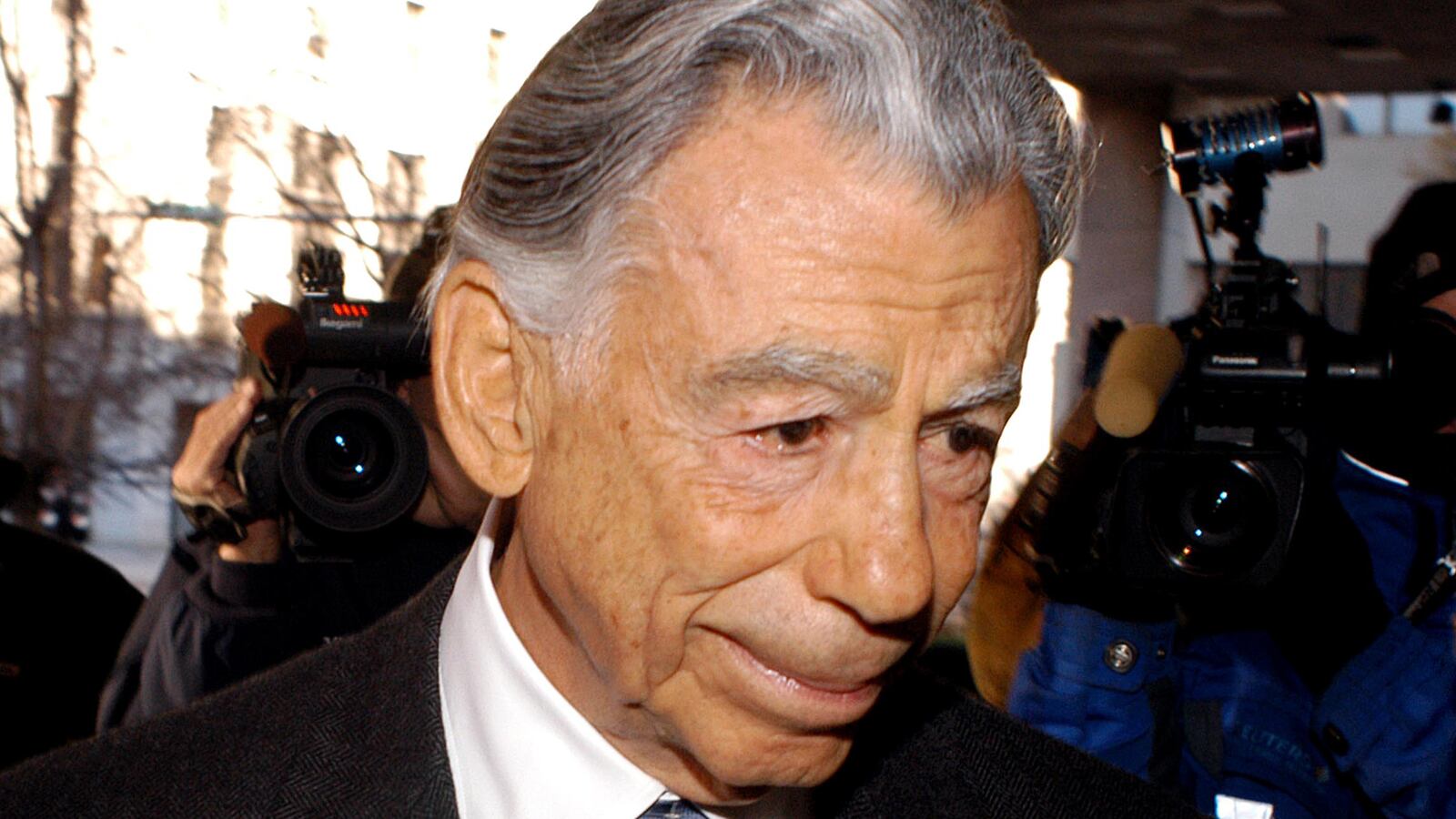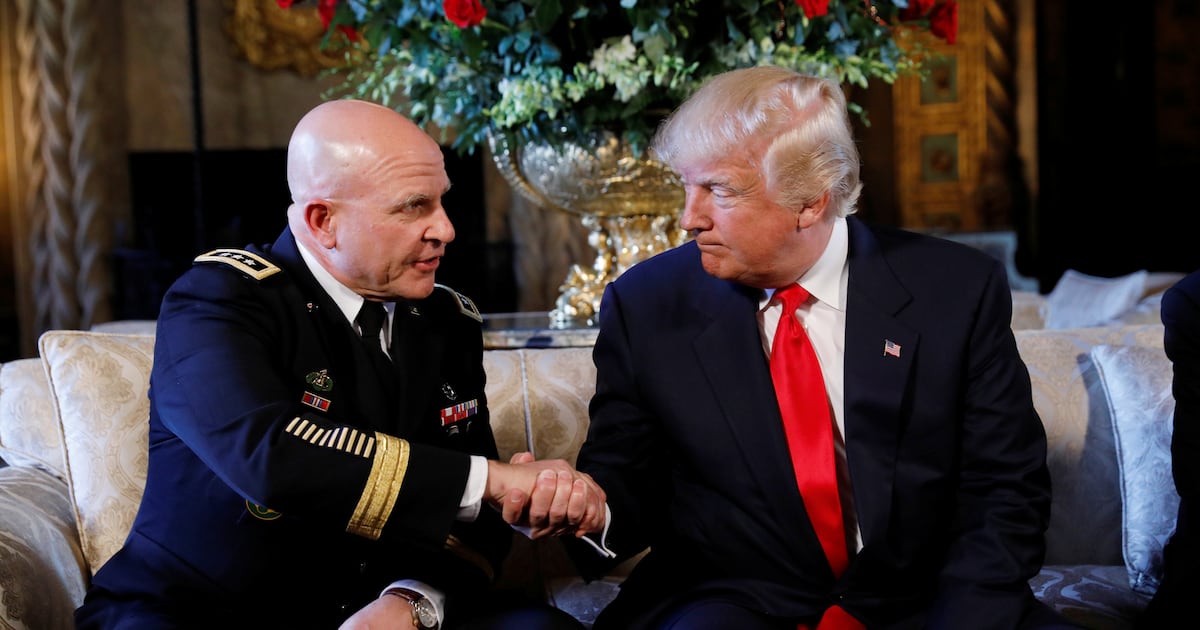Kirk Kerkorian was a part of the Las Vegas landscape for so long that it’s hard to imagine the Strip without his quiet but powerful hand in the high stakes casino development game.
Kerkorian, the son of poor Armenian immigrants who rose from humble beginnings in Fresno, Calif., to become one of the world’s wealthiest men, died Monday in Los Angeles after a brief illness. He was 98.
Kerkorian boxed, flew planes, and bought and sold big chunks of American corporations in a long life that included everything but a formal education. He didn’t graduate from high school.
The death of Kerkorian moved his longtime friend Nevada Sen. Harry Reid to expound at length about the billionaire financier’s remarkable life.
“He was just a really interesting, wonderful man,” Reid said. “He is one of the personalities I will never forget. My relationship with him is one of the special things in my life. I feel so fortunate to be able to talk on a personal basis about this man. He was one of a kind.”
Kerkorian won and lost fortunes pursuing MGM Studios, which he controlled three times. He founded MGM Resorts International and was its largest stockholder at the time of his death.
He defied business convention and overcame powerful enemies, one of them Howard Hughes, when he pushed his way into the mob-tainted Las Vegas casino market with the construction of the International in 1969. (It was later sold to Hilton Hotels and is now called the Westgate Las Vegas.) Kerkorian bought the Flamingo from the remnants of Meyer Lansky’s investment team, built the first MGM Grand (now Bally’s) in 1973, and survived the devastating and deadly fire at that resort to create a second MGM Grand Las Vegas in 1993.
At each phase of his development life, Kerkorian astounded observers by adding innovation to the standard box hotel with slots and table games. The International included two showrooms and a youth hostel. The first MGM featured a lavish movie theater and a jai alai fronton. The second MGM opened with a theme park and quickly transitioned into a convention host when the “family friendly Vegas” era foundered. The last major casino project Kerkorian was involved in was the largest of all, the $8.5 billion CityCenter project in 2009.
In his mid-80s Kerkorian managed a takeover of Steve Wynn’s Mirage Resorts. He didn’t pause to bask in the spotlight or gloat over his trophy. He let the deal speak for itself.
He held a legendary status with other MGM executives, who benefited from watching him conduct business almost without ego. “Mr. Kerkorian combined brilliant business insight with steadfast integrity to become one of the most reputable and influential financiers of our time,” MGM Resort Chairman Jim Murren said Tuesday. In the Las Vegas Review-Journal Murren called Kerkorian “a friend and a coach.”
In six decades of dealmaking in Las Vegas, Kerkorian built the world’s largest hotel three times. He shunned the spotlight, rarely granted interviews, and let his actions do most of his talking. He remained off stage not because he was a drug-addled, psychological wreck like Howard Hughes, the man to whom he’s most often compared, but because bragging just wasn’t his style. In the land of gaudy resorts and blaring casino bosses, the only thing occasionally loud about Kerkorian were his sports jackets.
In the early years, reporters who couldn’t squeeze Kerkorian for a quote played his understated manner and lack of a pedigree for laughs. To them he was, “a ham sandwich Howard Hughes.” (As if anyone would really have wanted to emulate the racist, reclusive, and prescription-drug-addled Hughes during his Las Vegas years.)
There was a time Kerkorian liked to gamble on sports, play high-stakes poker, and pitch dice for the fun of it. Although he was often sighted dining in Las Vegas and Beverly Hills with Barron Hilton, Frank Sinatra, or Cary Grant, Kerkorian never traveled with an entourage and shunned limousines.
The executive excesses of the corporate casino era make the old-school operators like Moe Dalitz and Jackie Gaughan seem downright conservative by comparison, and Kerkorian belonged to that older age. Tales of Kerkorian’s self-deprecating style are legion around the MGM, where he never sat in a front-row seat at a boxing event and was often sighted standing in line at his own hotel.
“I think he’s always been very underrated,” author and UNLV history professor Michael Green said. “It’s partly because he wasn’t in love with the cameras. He wasn’t a recluse, he just went about his business.”
American Gaming Association CEO Geoff Freeman noted the undeniable: Kerkorian was essentially a Las Vegas founding father—he began bringing customers there to gamble just after World War II when Benny Siegel was still alive—who was also a dramatic innovator.
“In an industry that thrives on innovation, Kirk Kerkorian was a pioneer who set a higher standard for gaming and elevated Las Vegas’ stature with each move he made,” Freeman said. “He also was a generous philanthropist whose contributions will continue to make Nevada a better place for decades to come.”
Now that the quiet man is gone, it’s difficult to envision anyone approaching his longevity or record-setting success.





